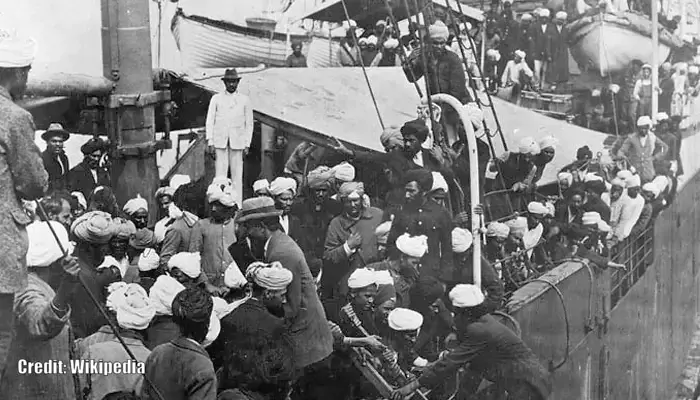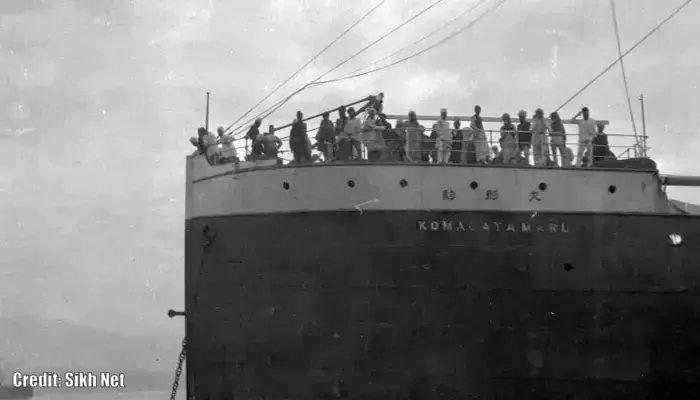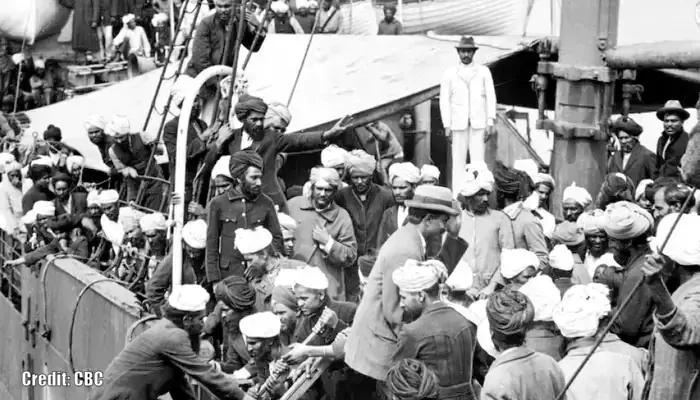
A voyage of hope turned into heartbreak — the Komagata Maru’s passage to Canada in 1914 exposed the brittle bones of Empire and sparked a call for justice that echoed through the decades
In the spring of 1914, the Japanese steamship SS Komagata Maru departed from Hong Kong, carrying 376 hopeful Punjabi migrants, mainly Sikh men, eager to start new lives in Canada.
Led by visionary Gurdit Singh, they believed their status as British subjects entitled them to travel and settle in the country. However, in Vancouver, they faced barriers—not just physical walls, but also bureaucratic obstacles.
At the turn of the 20th century, thousands of Punjabis migrated to North America seeking opportunities. However, racism disguised as legal measures swiftly shut doors. Canada implemented discriminatory immigration laws such as the "continuous journey regulation" and a requirement for migrants to carry $200—a vast sum at the time. These were covertly designed to exclude Indians.
In 1913, a Canadian court temporarily overturned these barriers, encouraging Gurdit Singh to take action. By chartering the Komagata Maru, he aimed to challenge the laws and bring his compatriots to the promised lands. The ship departed on April 4, 1914, gathering passengers across East Asia before anchoring off Vancouver on May 23.

The passengers never truly disembarked. Canadian officials, armed with exclusionary laws and colonial arrogance, refused them entry. Only 20 returning residents were permitted ashore. The rest, men with military service and farming backgrounds, were confined on board for two months.
Their ordeal was Kafkaesque. Food and water were rationed, legal recourse was denied, and a failed attempt to seize the ship added to their humiliation. Supporters ashore, mostly Punjabi settlers, provided aid and engaged lawyers, but even the courts ruled against the passengers. On July 23, after 61 harrowing days, the ship was forced to sail back to Asia.

But the Komagata Maru's story didn't end in Canada. Upon returning to Budge Budge near Kolkata on September 29, 1914, tensions erupted. The British, already suspicious due to the outbreak of World War I and the rise of nationalist sentiment, viewed the passengers as subversives. A violent skirmish ensued. At least 20 were killed, many arrested, and the rest kept under close surveillance.
Their offence? Daring to claim a right to dignity and movement within an empire that preached unity but practised division.
The Komagata Maru incident galvanised revolutionary fervour, with echoes in the Ghadar movement and whispers in the halls of nascent nationalist circles. Although the voyage did not achieve its immediate aim, it successfully planted the seeds of resistance.
Some passengers became part of revolutionary networks, while others inspired future generations. For the British, it served as a reminder of the limits of their moral authority.

For decades, the story remained concealed. It persisted only within Punjabi households and was whispered in the memories of immigrants. But as Canada embraced multiculturalism, the nation began to confront its past.
In 2008, an informal and inadequate apology was issued. It was not until 2016 that Canadian Prime Minister Justin Trudeau stood in Parliament and officially acknowledged the injustice.
A monument now stands in Vancouver's Coal Harbour. Every May 23 is a day of remembrance.
The story of the Komagata Maru isn't just about borders—it's about fighting for dignity in the face of systemic injustice. It's about people whose only "crime" was to believe that being British subjects granted them rights.
They were wrong.
But they were not defeated.
Even a century later, their courage sails on.